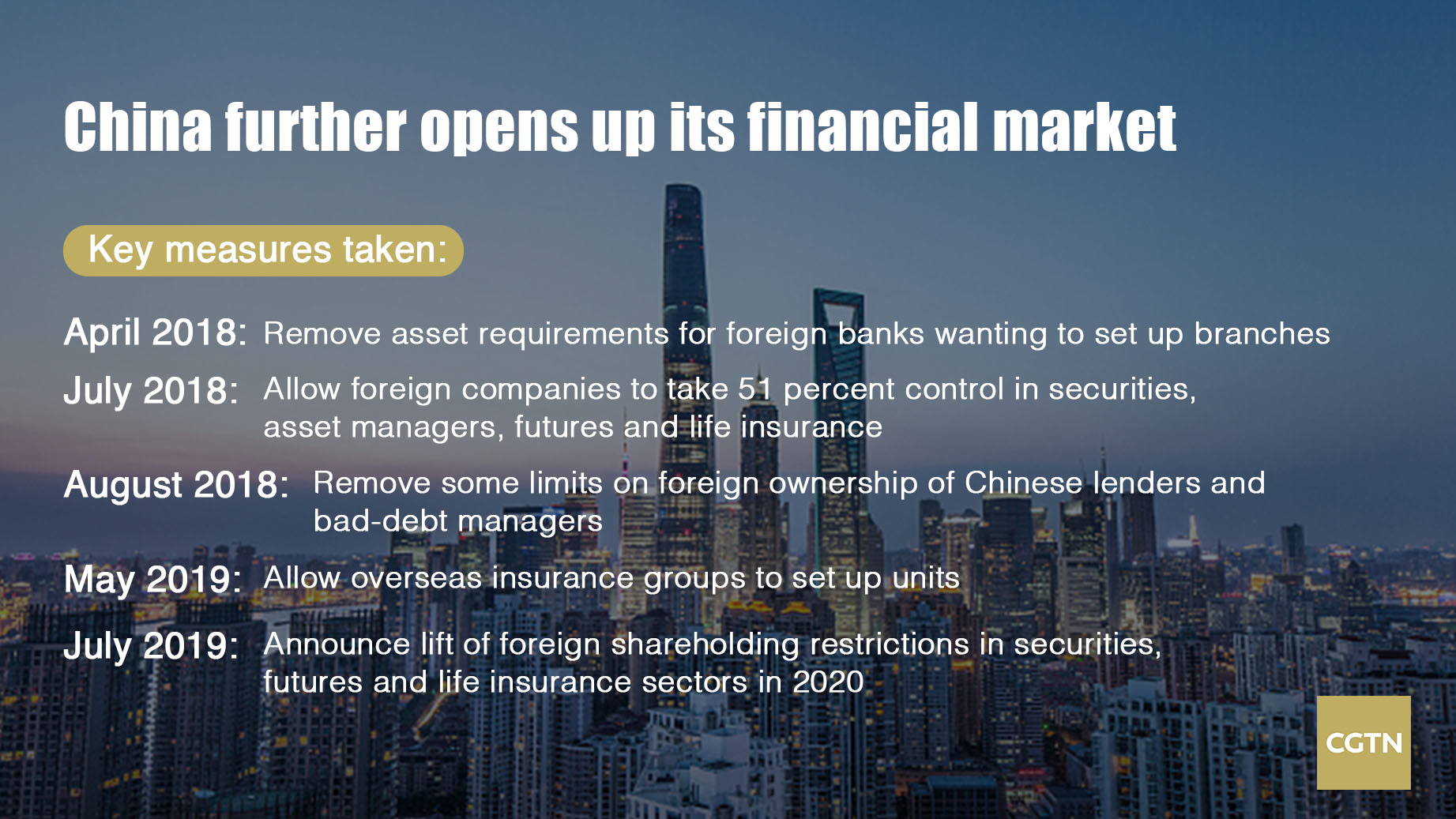Alright, folks, let’s talk business. The NDRC, MOFCOM and SAMR just dropped the 2025 Negative List for Market Access, and it’s a big deal. This isn’t just bureaucratic fiddling; it’s a clear signal that China is serious about further opening up its economy.
Essentially, this list defines what sectors are off-limits to investment – both domestic and foreign – or require specific government approvals. But here’s the kicker: what’s not on the list is just as important.
This iteration purposefully excludes a whole raft of regulations. Think post-market entry regulations, occupational licensing, restrictions primarily targeting foreign entities, and protective measures for sensitive zones like ecological red lines and water sources. These are now handled separately, streamlining the actual market access process.
Let’s break down the key takeaways for you. (Knowledge Point Expansion)
This Negative List focuses solely on pre-establishment restrictions. It’s about what you can’t do before you even start. This is a crucial distinction.
Traditionally, China’s approach included significant post-entry regulation. Now, it’s shifted towards a more predictable framework, favoring ‘national treatment’ for businesses.
The exclusion of geographic-specific rules is particularly interesting. China recognizes needing environmental protection, but it’s trying to separate it from investment approvals.
China is consistently refining this system. The shift towards transparency and a more defined scope demonstrates a commitment to a level playing field… or at least, a more level playing field. This is not about handing out free passes, but about predictable rules.
Frankly, the continued reduction of the negative list demonstrates genuine intent to attract high-quality foreign investment. Pay attention. This is not simply economic policy; this is signaling intent on a global stage.







